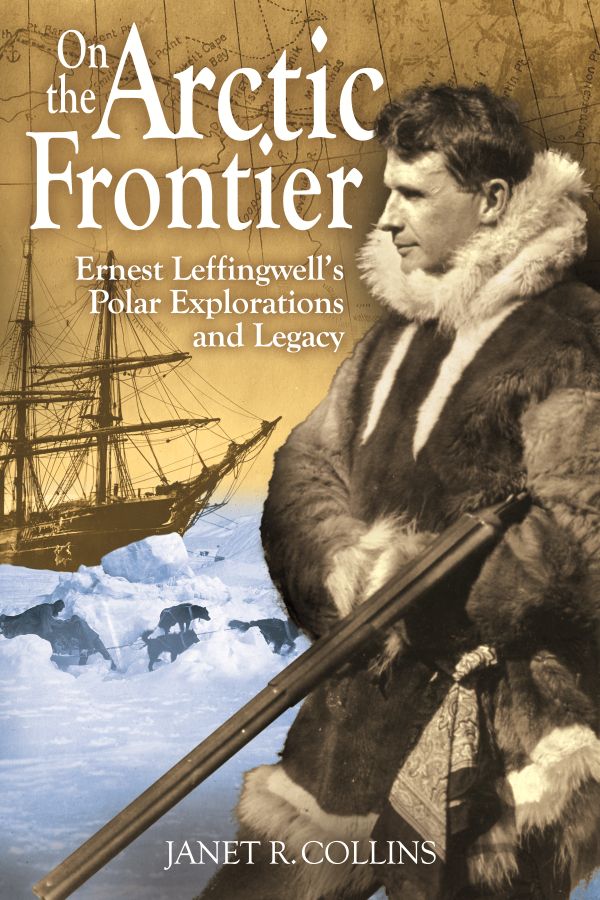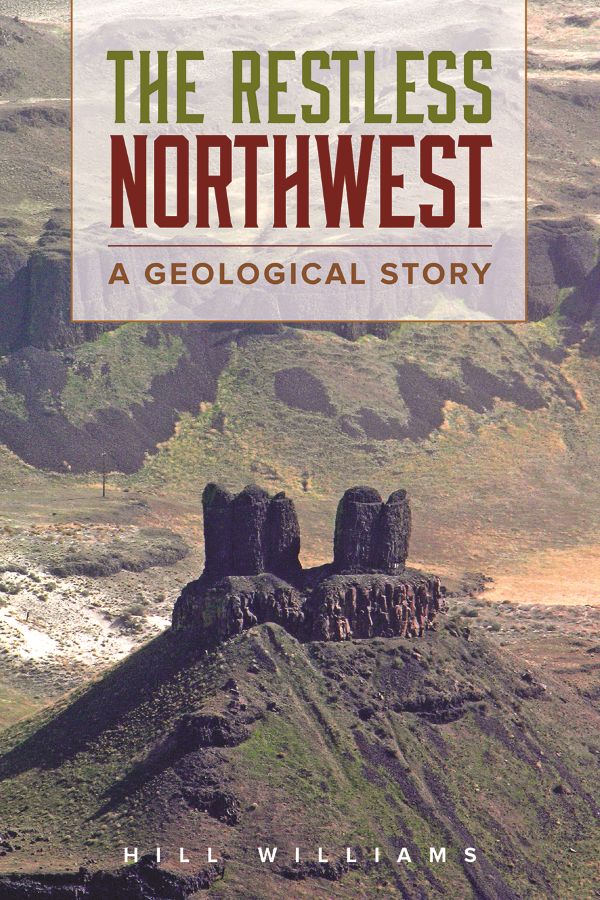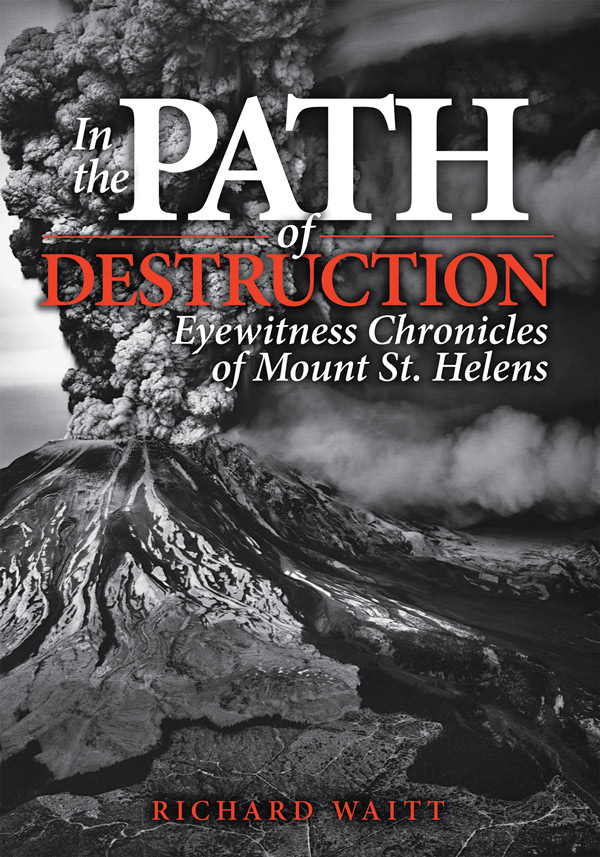Description
The Arctic would be Ernest deKoven Leffingwell’s home during the early twentieth century. Concentrating on Alaska’s north coast and what is now the Arctic National Wildlife Refuge (ANWR), he explored, studied, and mapped the challenging landscape between 1906 and 1914. Much of his success depended on the companionship and assistance of his Inupiat neighbors.
Leffingwell first traveled to polar regions as chief scientist for the 1901 Baldwin-Ziegler Expedition. Although they failed to reach the North Pole from Franz Joseph Land, his participation prepared him for future endeavors. He experienced the dangers of living and traveling in extreme conditions, learned to operate delicate scientific instruments in freezing temperatures, and befriended fellow explorer Ejnar Mikkelsen.
Eager to investigate rumors of land north of Alaska, Mikkelsen and Leffingwell organized the 1906 Anglo American Polar Expedition. Supporters included geographic societies, Alexander Graham Bell, and John D. Rockefeller. Although the Arctic environment pushed the men to their limits, they were able to determine the edge of the continental shelf—a significant geographic discovery.
Laboring in the harsh climate of northeastern Alaska along the North Slope of the Brooks Range, the driven, risk-taking young geologist pioneered research in ground ice (often called permafrost), surveyed and documented the geography of the coastline and interior, observed birds, and collected wildlife specimens for the Smithsonian Institution and other organizations. His groundbreaking work continues to inform scientists and scholars today.
Along with her own passion for the Arctic, Janet R. Collins, former director of the Huxley Map Library at Western Washington University, has an undergraduate degree in geography and a master’s degree in library science. For Leffingwell’s biography, she consulted his journals and professional reports, family papers and memories, and published and unpublished writings of Alice Barnard, Vilhjalmur Stefansson, and Ejnar Mikkelsen.
Illustrations / maps / notes / bibliography / index / 306 pages (2017)










